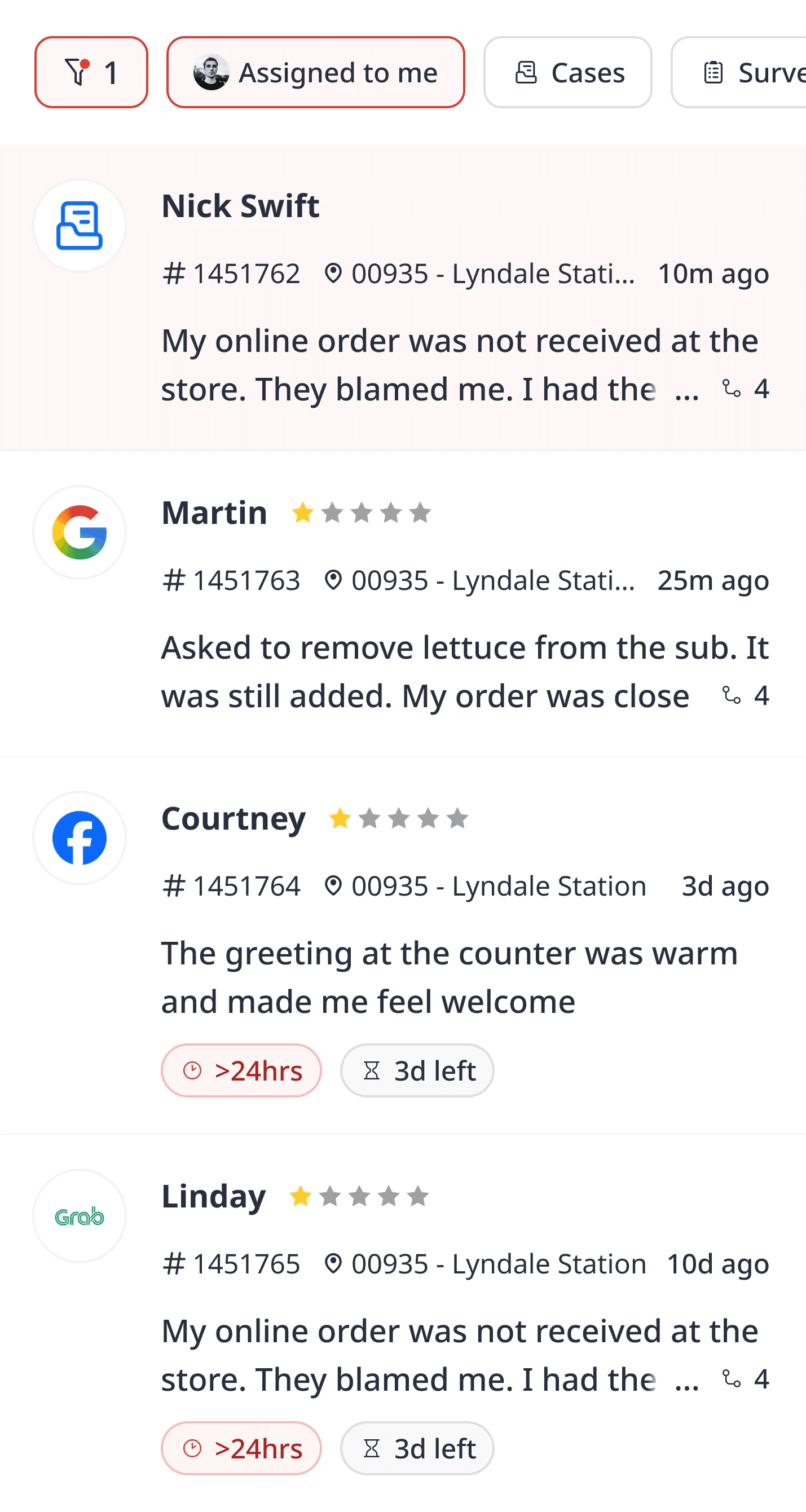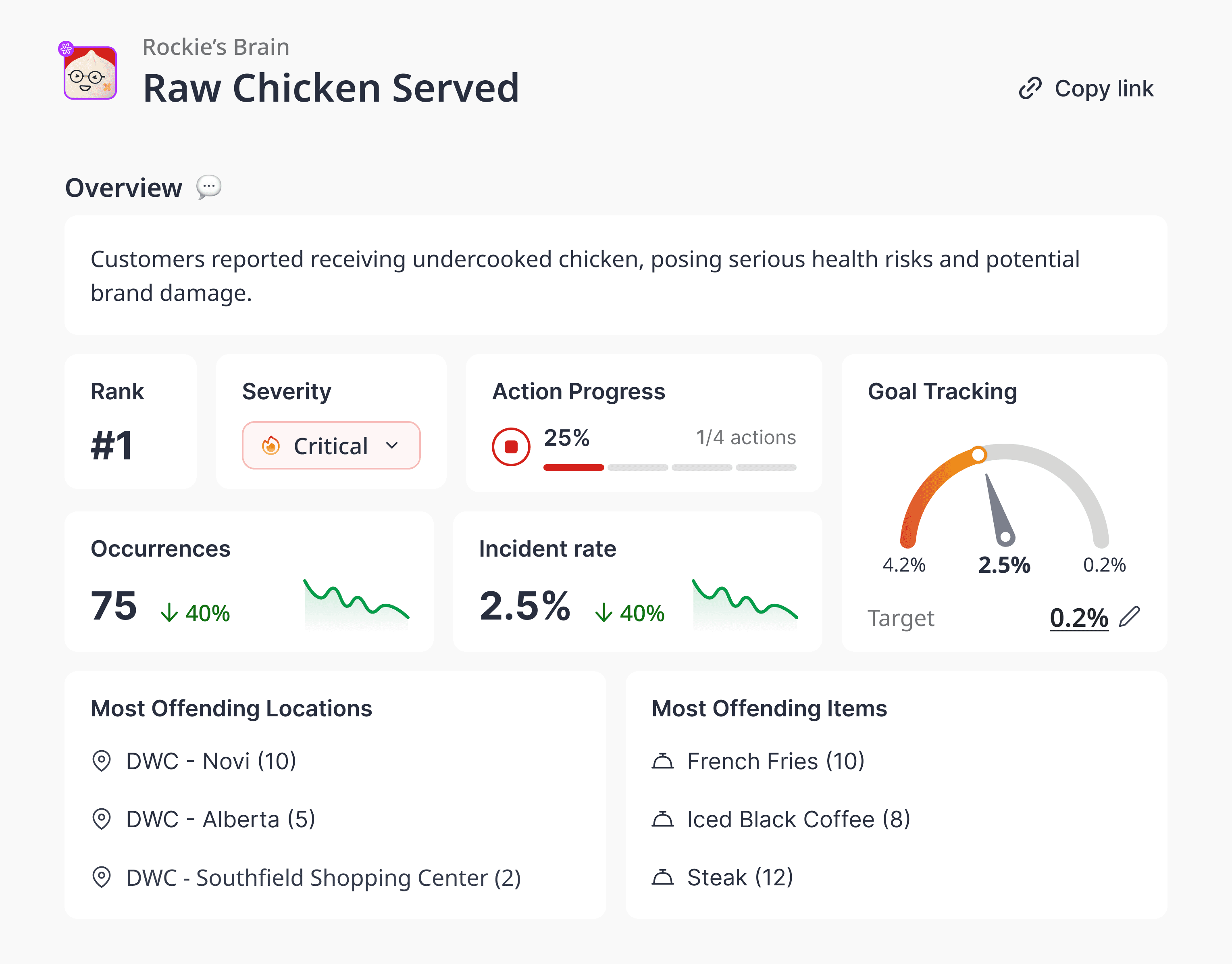
Jul 16, 2025
Amanda Jacob
Does Your AI Pass the ROI Test?
Contents
AI has officially crossed over from hype to habit. It’s embedded in dashboards, onboarding flows, marketing stacks, CRMs, customer support queues, and drive-thru headsets. The real question for decision-makers now isn’t should we adopt AI? It’s is the AI we’re using worth it?
You don’t need a PhD to answer that. You need a framework.
The Simple Test: Cost, Revenue, Efficiency
There are only three outcomes that justify AI in a business context:
It saves you money
It makes you money
It helps your teams do more with less
Anything else is theater.
AI that impresses in a demo but fails to reduce headcount, lift conversion, or compress decision cycles doesn’t belong in your stack. It belongs in a sandbox.
The Illusion of Intelligence
A common trap is mistaking intelligence for output. You integrate a tool that generates great-sounding content, predicts outcomes, or makes sleek dashboards — but no one uses it. Or worse, they use it and still make decisions the same way they did before.
You didn’t just waste budget. You added complexity without value.
The fix isn’t abandoning AI. It’s tightening the feedback loop between tooling and outcome. Ask the uncomfortable questions:
Are we actually faster now?
Did this improve our margins?
Can we attribute any revenue lift to this AI?
Have we eliminated any steps, systems, or staff dependencies?
If the answer is “no” or “not sure,” that tool fails the test.
The Dangerous Middle Layer
The most expensive AI investment isn’t the one you try and abandon. It’s the one that’s just good enough to keep, but not good enough to scale. It lingers in your budget like legacy software — not broken, not beloved.
This is especially dangerous when teams are afraid to let go of tools they spent months integrating. Sunk cost fallacy kicks in. Meanwhile, newer tools — simpler, cheaper, more outcome-focused — stay stuck in procurement limbo.
Let the Numbers Speak
Smart companies treat AI investments like product features: testable, trackable, replaceable. If you're spending $10K a month on an AI system, it should be returning 2–5x that in measurable value.
This might show up as:
Increased revenue (upsell, conversion, retention)
Decreased cost (labor, training, churn)
Increased output per employee (speed, volume, coverage)
When you define these targets early, it’s easier to sunset what doesn’t deliver.
From AI as a Feature to AI as a Force Multiplier
Some of the most valuable AI today doesn’t have an interface. It sits behind your workflows — routing customer issues, syncing menus, rewriting SQL in real time, or surfacing loyalty insights from raw feedback.
When AI stops being something your team “uses” and becomes something your team relies on, you’ve crossed the threshold from feature to force multiplier.
And that’s where ROI shows up consistently — not in one report, but across the business.






